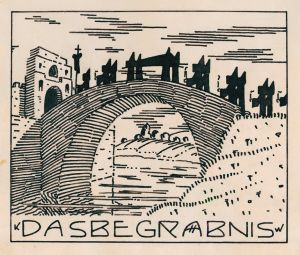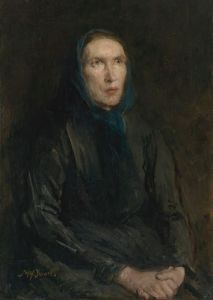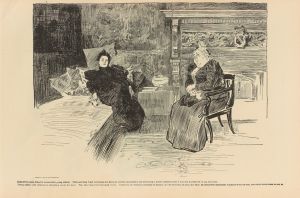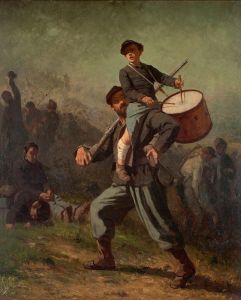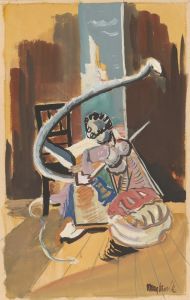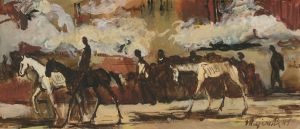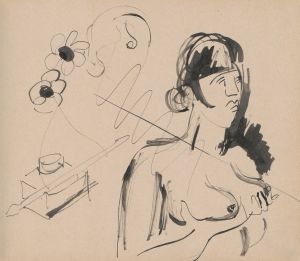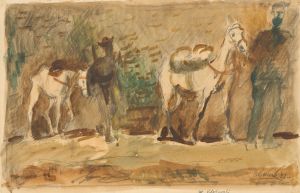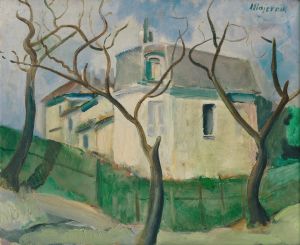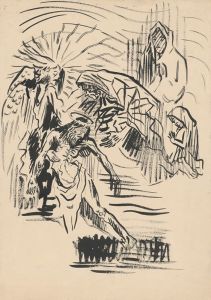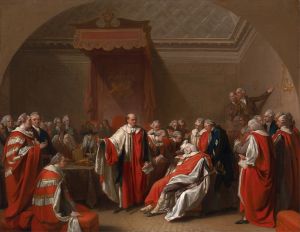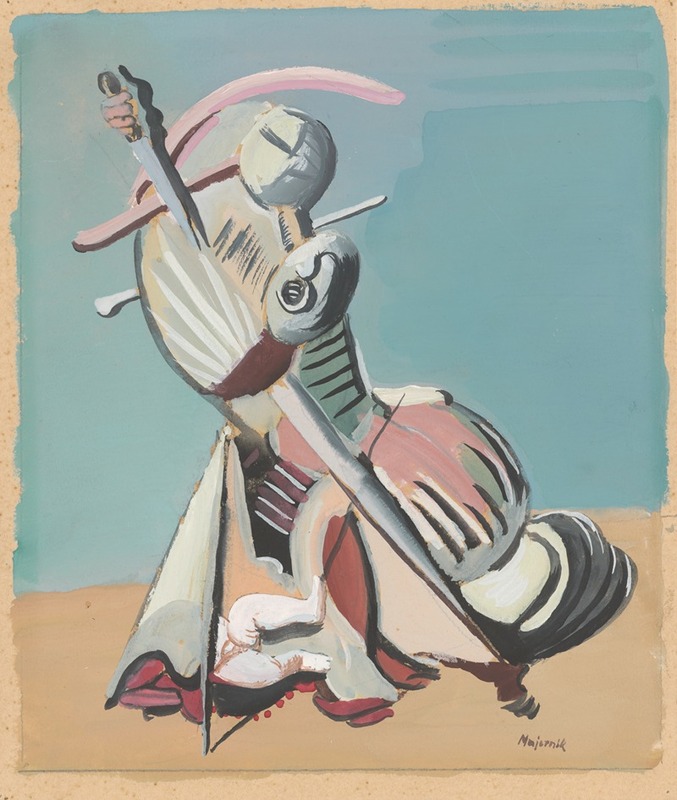
Massacre of the Innocents
A hand-painted replica of Cyprián Majerník’s masterpiece Massacre of the Innocents, meticulously crafted by professional artists to capture the true essence of the original. Each piece is created with museum-quality canvas and rare mineral pigments, carefully painted by experienced artists with delicate brushstrokes and rich, layered colors to perfectly recreate the texture of the original artwork. Unlike machine-printed reproductions, this hand-painted version brings the painting to life, infused with the artist’s emotions and skill in every stroke. Whether for personal collection or home decoration, it instantly elevates the artistic atmosphere of any space.
Cyprián Majerník was a Slovak painter known for his poignant and expressive works, often reflecting the turmoil and suffering of his time. One of his notable paintings is "Massacre of the Innocents," which captures a biblical event with a profound emotional impact. Majerník's interpretation of this theme is a testament to his ability to convey deep human emotions and historical narratives through his art.
The "Massacre of the Innocents" is a subject rooted in the biblical account from the Gospel of Matthew, where King Herod orders the execution of all male infants in Bethlehem in an attempt to eliminate the newborn Jesus, whom he sees as a threat to his throne. This tragic event has been a source of inspiration for many artists throughout history, allowing them to explore themes of innocence, cruelty, and the abuse of power.
Majerník's rendition of this scene is characterized by his unique style, which often blends elements of expressionism and symbolism. His use of color, composition, and form work together to evoke a sense of chaos and despair, capturing the horror of the massacre while also highlighting the vulnerability and innocence of the victims. The painting likely reflects Majerník's own experiences and observations of the political and social upheavals of his time, particularly in the context of World War II and the impact of totalitarian regimes.
Cyprián Majerník was born in 1909 in Veľké Kostoľany, then part of the Austro-Hungarian Empire, and he later became a significant figure in Slovak art. He studied at the Academy of Fine Arts in Prague, where he was influenced by the avant-garde movements of the early 20th century. His works often depict themes of suffering, struggle, and the human condition, resonating with the broader European artistic movements that grappled with the realities of war and political oppression.
Throughout his career, Majerník's paintings were marked by a deep empathy for the oppressed and a critical view of authoritarian power. His "Massacre of the Innocents" can be seen as part of this broader thematic concern, using a historical and religious narrative to comment on contemporary issues. The painting serves as a reminder of the cyclical nature of violence and the enduring impact of historical events on the human psyche.
Majerník's work, including "Massacre of the Innocents," remains an important part of Slovak cultural heritage, reflecting both the personal and collective struggles of his era. His ability to convey complex emotions and social commentary through his art continues to resonate with audiences today, offering a powerful reflection on the darker aspects of human history and the enduring hope for redemption and justice.






